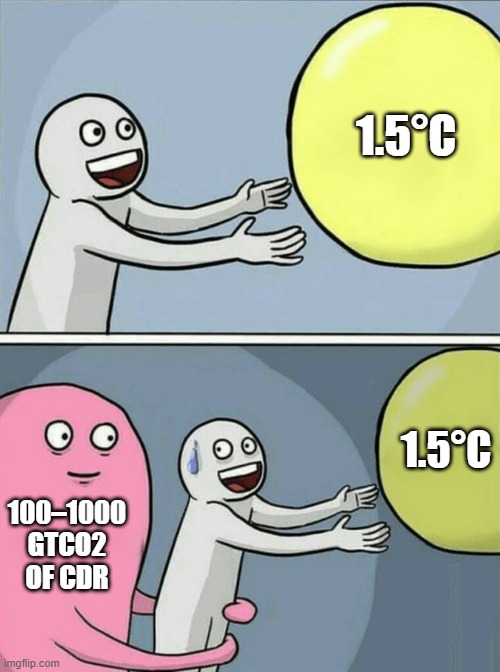Halving emission by 2030 and achieving net zero by 2050 will get us to the 1.5°C ambition" is a dangerous myth, and it is unfortunately spreading all over the place
https://threadreaderapp.com/thread/1308881427992399872.html
in summary we have three actual options for 1.5°C:
1. Reduce CO2 ~50% by 2030, net zero 2050, AND REMOVE ~10-100 GtCO2 BEFORE 2100
2. Reduce CO2 by 80%(!) 2030, reach net zero 2050, and stay at zero
3. Reduce CO2 by 55% 2030, reach net zero 2033(!), and stay at zero
PLEASE NOTE that "Halving emission by 2030 and achieving net zero by 2050, and chill" IS NOT ONE OF THE OPTIONS!
...
companies will have a "science-based" net zero goal, based on the flawed premise that that when a company has reaching net zero they have done enough, when SR15 clearly states that that is not the case! Still need to remove massive amounts of CO2
...
The same issue also applies to countries, e.g. the Swedish climate law, which has a net zero date, but no specific goals related to net negative emissions after reaching net zero. Or the EU, which has set a net zero by 2050 goal, and might want to reduce 55% by 2030 (compared to 1990), but also has nothing on negative emissions after 2050.
...
So in summary: Whenever anyone tells you "halve by 2030 and net zero by 2050, and 1.5°C is all set!" you should just ask them politely
"AND WHAT ABOUT THE ON THE ORDER OF 100–1000 GtCO2 TO BE REMOVED DURING THE 21st CENTURY, DID YOU FORGOT ABOUT THAT
